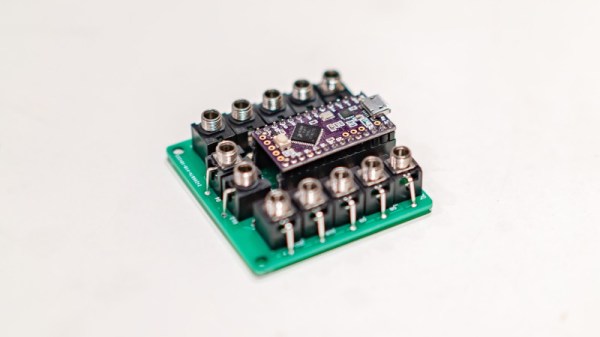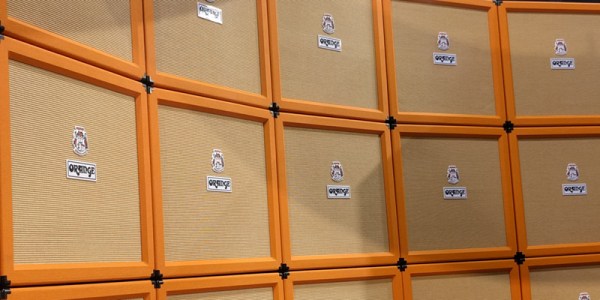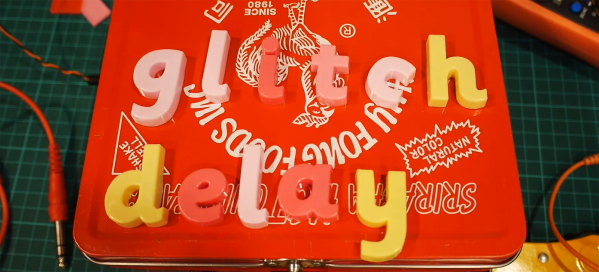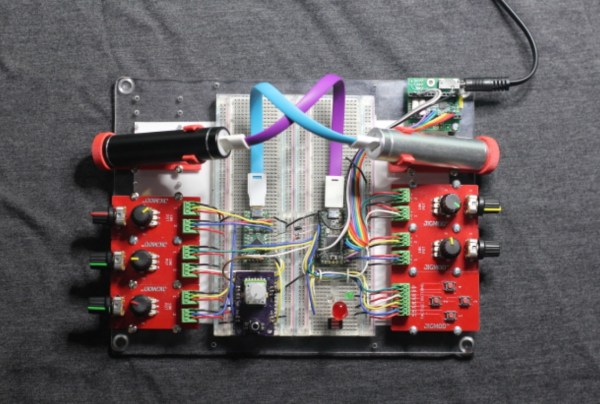Eurorack synthesizer builds are known for a lot of things; simplicity isn’t necessarily one of them. However, not everything on a modular synthesizer build has to be inordinately complicated, a mess of wires, or difficult to understand. [little-scale] has built a neat and tidy module that might just find a place in your setup – the Chromatic Drum Gate Sync. The handy little device is based on a Teensy, and uses its USB MIDI libraries to make synchronizing hardware a snap.
The device has 12 channels, each responding to a single MIDI note. A note on message is used to set a gate high, and a note off message to set it low again. This allows very fine grained control of gates in a modular setup. The device can also output a variety of sync signals controlled by the USB MIDI clock – useful for keeping your modular rack in time with other digitally controlled synths.
It’s a build that espouses [little-scale]’s usual aesthetic – clean and tidy, with a focus on compactness. All the required details to build your own are available on Github.
We’ve seen the collision of [little-scale] and Teensy hardware before – with this rig playing 8 SEGA soundchips in unison.















